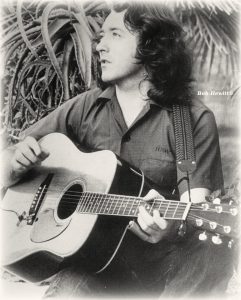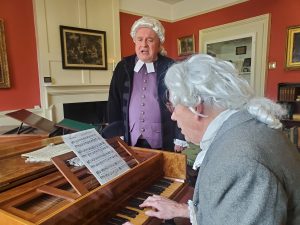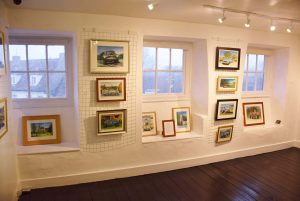Britain as a Slave Trader: Rebellion, Revolt, and Resistance
To introduce learners to that part of the Transatlantic Trade route known as the Middle Passage, the impact it had on the physical and mental states of the enslaved and how enslaved Africans and those of Caribbean descent resisted enslavement.
Learners will be:
• Encouraged to reflect on social, moral, spiritual issues raised with the treatment of the enslaved Africans on board the slave ships.
• Able to understand the importance of human freedom and the lengths people will go to achieve it and keep it.
• Made aware of the living conditions and treatment of the enslaved Africans on-board the slave ships.
• Able to outline the methods and structures that supported the Transatlantic Slave Trade during the Atlantic voyages.
By the end of the lesson learners will be able to:
*Judge the motivations behind the behaviours of the sailors and traders on-board the slave ships.
*Question the methods used to create physical and mental trauma and dehumanise the enslaved Africans.
*Understand that enslaved Africans were not passive and identify the ways in which enslaved Africans resisted, rebelled and fought for their freedom from enslavement
These resource materials quote directly from 18th and early 19th century historical sources and contains details about the attitudes towards, treatment of, and violence towards people who were enslaved and trafficked from Africa during that time.
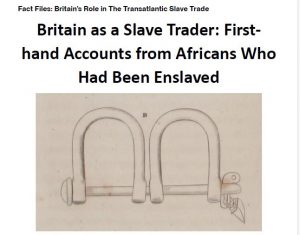
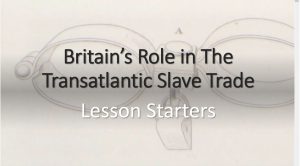
Including key information and quotes
Including vocabulary and knowledge checks
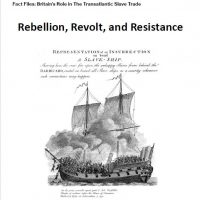
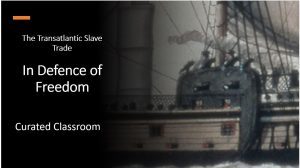
Including key information and quotes
As a Curator in a Museum, which 5 objects are essential to include in the new exhibition:
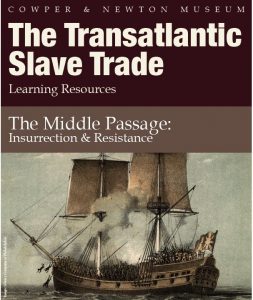
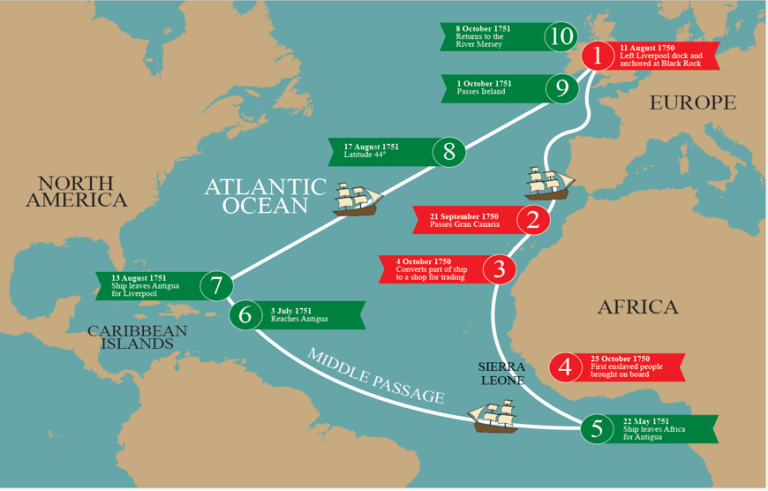
The Middle Passage: Insurrection & Resistance
Resource Pack
- Quotes from books, journals and letters written by John Newton
- Contemporary drawings and paintings
- Interpretation maps of the journey of the slave ship Duke of Argyle
- Diagram of the features of a slave ship
- Resistance and rebellion by the enslaved
- Design and features of a slave ship, including animated labels
- Animated journey of the slaving voyage of the Duke of Argyle
- Resistance and rebellion by the enslaved, including the Amistad
How was the experience of children on board the slave ships different to that of adults?
Why were the enslaved expected to “dance on demand”?
List six illnesses common to the enslaved on-board the slave ships.
List six food items the enslaved were fed.
How did freed Africans share their experiences of enslavement with others?
What do you think Olaudah Equiano meant when he said, “Often did I think of the inhabitants of the deep much more happy than myself.”?
Why do you think Olaudah Equiano used this description, “O, ye nominal Christians.”?
What African tradition was appropriated by British sailors?
Assignment Essays and Discussion Topics
• The British considered enslaved people as cargo and chattels. How did this view affect their treatment and how the Transatlantic Slave Trade was conducted?
• The British told stories of white heroic benevolence. Present examples of African heroism to inspire future generations of Black people, e.g. in a printed form or as an oral recording.
Extended Learning Activities
• Produce a film about “Life onboard a slave ship: Would you believe it?” to explain for a modern audience why it was said that slavery was “a stigma” on British society.
• Prepare an audio-recording for a podcast based on the narrative by Olaudah Equiano or Ottobah Cugoano.
This 3D Video includes a reconstruction of the slave ship Marie-Seraphique. This ship was of a similar design to John Newton’s ship the Duke of Argyle .
Accompanying video
The Abolitionists
To investigate key players in the abolitionist movement, their impact and global legacies in human rights, literature, and legislation.
Learners will be:
• Able to state the reasoning of key abolitionists who opposed the Transatlantic Slave Trade.
• Aware of the strategies employed by abolitionists leading to the emancipation of the enslaved.
• Able to describe the factors that influenced the granting of emancipation by the British Parliament.
• Read and understand texts written by abolitionists, the points and ideas contained within them, the meaning of the words and phrases used.
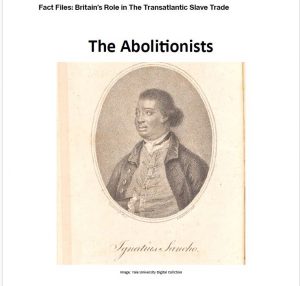

Including key information and quotes
Including vocabulary and knowledge checks
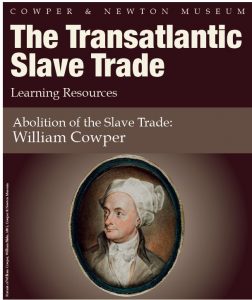
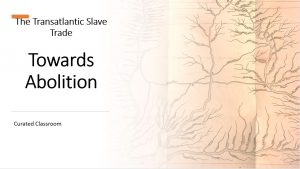
Abolition of the Slave Trade: William Cowper
Resource Pack
- Abolition poetry by William Cowper
- Letters to his family and friends
- How the campaign to abolish the slave trade used Cowper’s poems and status as a well known poet
As a Curator in a Museum, which 5 objects are essential to include in the new exhibition:
Assignment Essays and Discussion Topics
Which abolitionist really inspired or moved you and explain why.
Why did some people want gradual not immediate abolition of the Transatlantic Slave Trade?
Which campaign strategy had the most impact on you, and explain why.
Compare and contrast a current Protest and Activism campaign with that of the campaign to abolish the slave trade.
Additional Resources:
John Newton: Enslaver to Abolitionist – Quotes from Newton’s diary, journal, letters and books which track his change in attitude towards the transatlantic slave trade and slavery
John Newton – short biography
William Cowper – short biography
John Newton & Amazing Grace – virtual exhibition
How the hymn Amazing Grace came to be written in the town of Olney by John Newton
The Slave Trade & Abolition web-resources

